Bulbs
Flower Basics
Flower Beds & Specialty Gardens
Flower Garden
Garden Furniture
Garden Gnomes
Garden Seeds
Garden Sheds
Garden Statues
Garden Tools & Supplies
Gardening Basics
Green & Organic
Groundcovers & Vines
Growing Annuals
Growing Basil
Growing Beans
Growing Berries
Growing Blueberries
Growing Cactus
Growing Corn
Growing Cotton
Growing Edibles
Growing Flowers
Growing Garlic
Growing Grapes
Growing Grass
Growing Herbs
Growing Jasmine
Growing Mint
Growing Mushrooms
Orchids
Growing Peanuts
Growing Perennials
Growing Plants
Growing Rosemary
Growing Roses
Growing Strawberries
Growing Sunflowers
Growing Thyme
Growing Tomatoes
Growing Tulips
Growing Vegetables
Herb Basics
Herb Garden
Indoor Growing
Landscaping Basics
Landscaping Patios
Landscaping Plants
Landscaping Shrubs
Landscaping Trees
Landscaping Walks & Pathways
Lawn Basics
Lawn Maintenance
Lawn Mowers
Lawn Ornaments
Lawn Planting
Lawn Tools
Outdoor Growing
Overall Landscape Planning
Pests, Weeds & Problems
Plant Basics
Rock Garden
Rose Garden
Shrubs
Soil
Specialty Gardens
Trees
Vegetable Garden
Yard Maintenance
How to Figure Tree Weight
How to Figure Tree Weight. Some people can go their whole lives without needing to weigh a tree. If you're not one of them, you may be interesting in knowing how to do it.There are three methods by which you might estimate a tree's weight. The least practical is to actually place the tree on a scale, which usually involves uprooting and destroying...
Some people can go their whole lives without needing to weigh a tree. If you're not one of them, you may be interesting in knowing how to do it.
There are three methods by which you might estimate a tree's weight. The least practical is to actually place the tree on a scale, which usually involves uprooting and destroying it first. The second method is to use an algorithm built for precisely this purpose. The third method, which is discussed here, is to estimate the tree's volume and density, from which you can derive its weight.
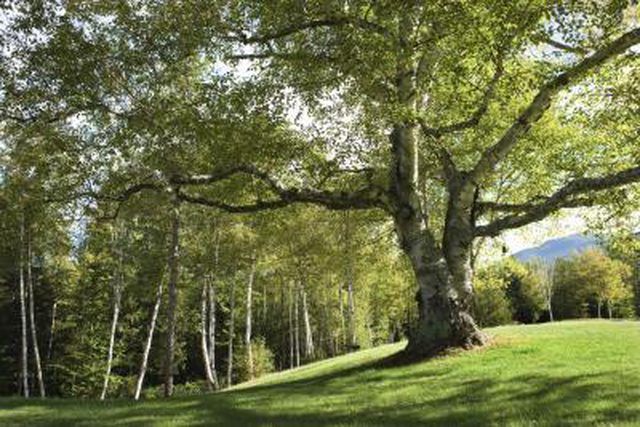
Things You'll Need
Long measuring tape, flexible
Calculator
Pen and paper
Ruler
Camera
Image manipulation software
Step 1
Measure the circumference of the tree at breast height. This is about 55 inches above the ground. Then derive the tree's diameter at breast height (DBH) with the formula:
DBH = circumference / pi
where pi=about 3.14
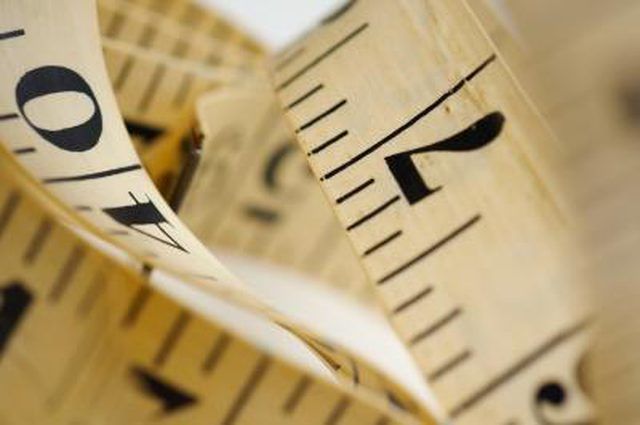
Step 2
Measure the height of the tree, if feasible, or estimate its height. Find a link in References to the ScienceProjectIdeas site, which contains several excellent suggestions as to how you might estimate a tree's height.
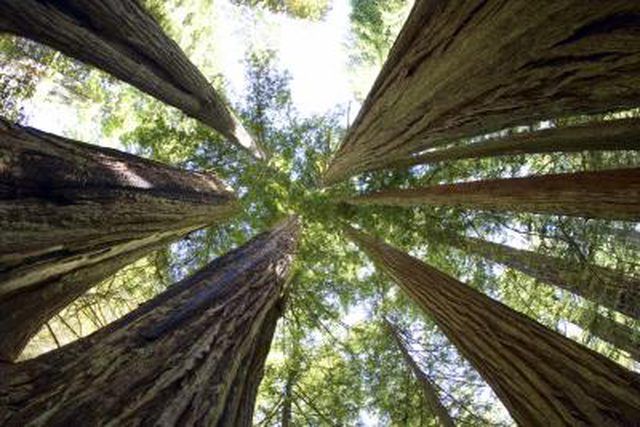
Step 3
Estimate the volume of the entire tree. This is a difficult quantity to estimate accurately and is ordinarily a question for experts. You may want to consult with a librarian, a forester, or a dendrologist (a tree botanist), although if you do that then you may as well ask them about the tree's weight directly. In any event, you will need to supply them with the two values you have measured: height and DBH.
The alternative is to make a rough estimate by yourself. Bear in mind that your estimate will almost certainly be fraught with inaccuracy. If the accuracy of your estimate is important, you should consult with a forester or a dendrologist.
The easiest way to make your own estimate is to photograph the tree from a distance sufficient that any perspective bias is trivial. In this photograph, which should be shot in high resolution, include a separate small marker of known width and height, directly facing the camera. Upload the picture to your computer, and crop it to make a rectangle that just barely encompasses the tree. Now, calculate what percentage of the picture is a tree, and what percentage is not a tree. Use the marker to guide your calculations. Then calculate the area of the the entire picture, square it, and multiply that number by the percentage (in decimal form) that is occupied by the tree. If you want to include the roots of the tree, multiply the value by 1.2 to derive your estimate for the volume of the entire tree both above and below ground.
This may not seem like the easiest way, but the alternative would be to perform a difficult series of measures and calculations.
Step 4
Reference the tree's density. There is a link in the References section to a website which provides some density estimates. Be sure to use their "Fresh Green Wood" figures rather than the "Air-dried Seasoned Wood" ones. You can also search the Internet or your local library for the density of a specific kind of tree, making sure to get the values for green wood and not dry wood, since the water in a tree comprises a great deal of its weight.
Note that these density estimates only apply to the wood itself, not to the tree as a whole—most notably the leaves or needles.

Step 5
Perform any necessary unit conversations so that the volume of the tree is expressed in the same units as the density of the tree.
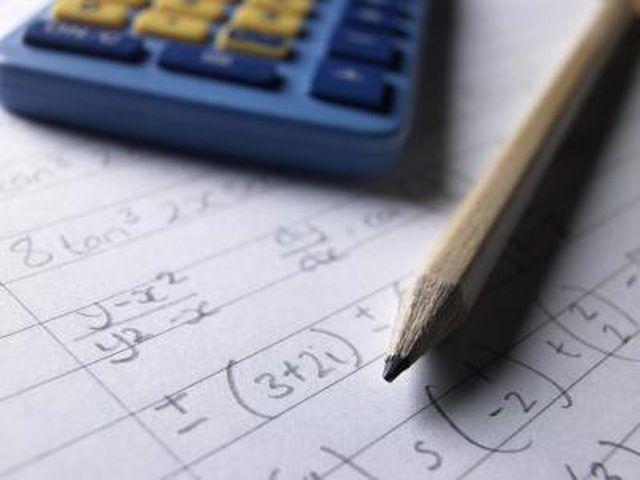
Step 6
Multiply the volume of the tree by the density of the wood to derive the weight of the tree sans leaves or needles.
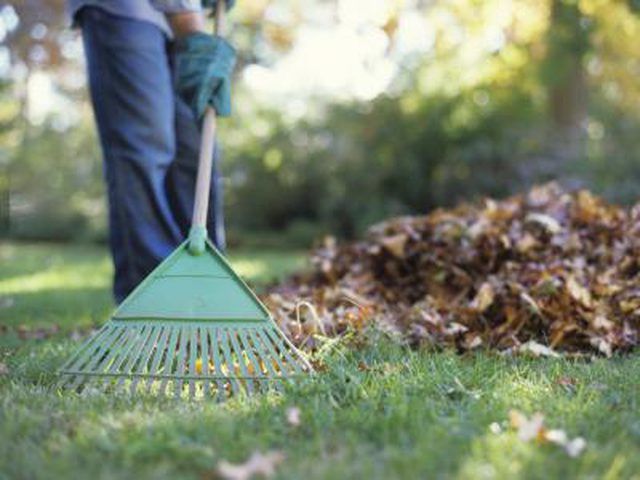
Step 7
Estimate the weight of leaves or needles on the tree by collecting a small dry sample, counting the number of leaves or needles in the sample, and multiplying that by the estimate of the total number of leaves or needles on the entire tree. You can get that number by consulting a reference table, or by counting the number of leaves or needles on several branches of varying size, taking the average, and then counting the number of branches on the entire tree.
You can optionally check your estimate by looking online or at the library for the average number of leaves or needles on a mature, healthy specimen of the same kind of tree as the one you are weighing.
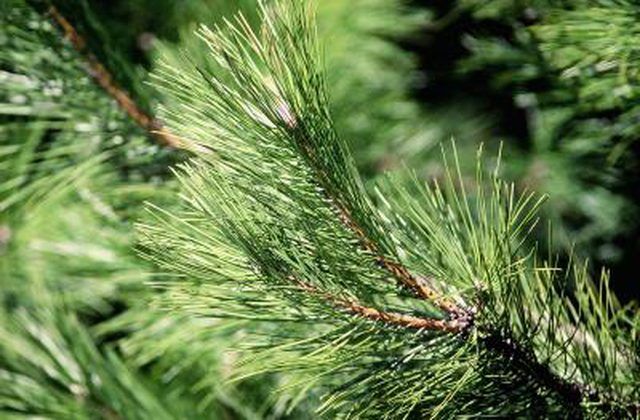
Step 8
Add the weight of the leaves and needles to the weight of the rest of the tree to arrive at your final estimate for the combined weight of the full tree.
